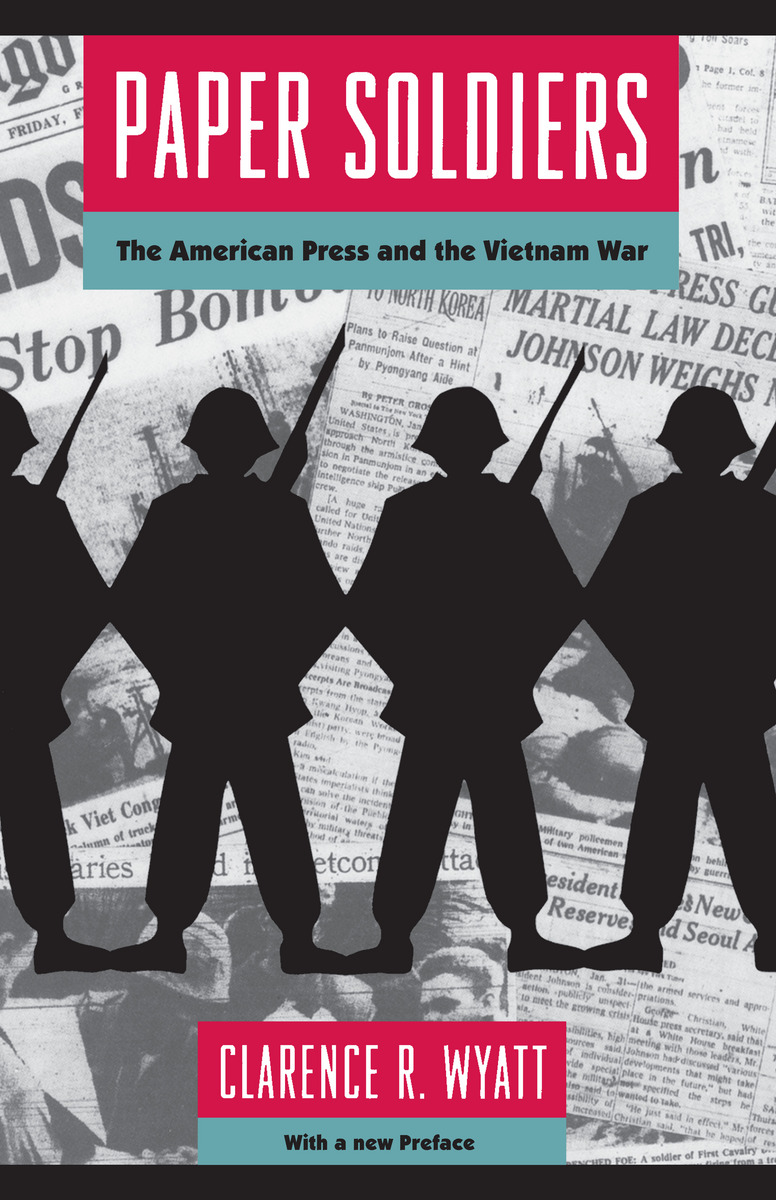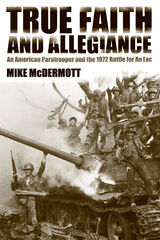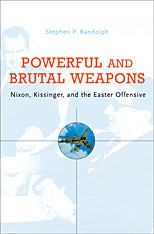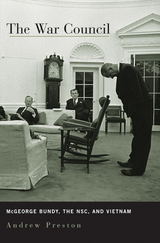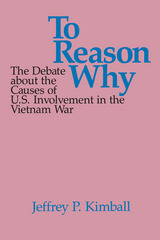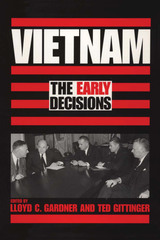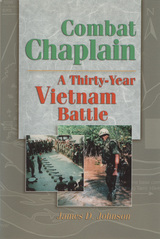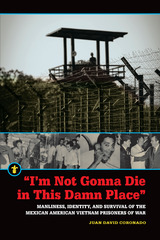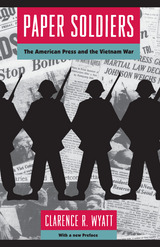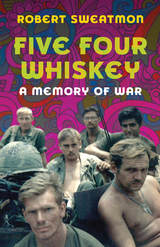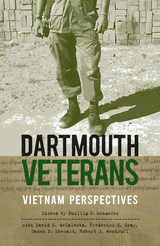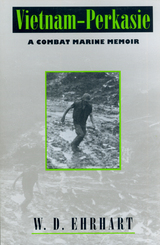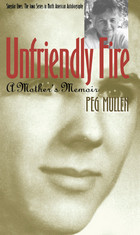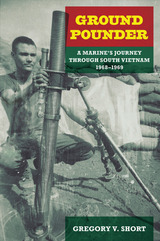Paper Soldiers: The American Press and the Vietnam War
University of Chicago Press, 1994
Paper: 978-0-226-91795-5
Library of Congress Classification DS559.46.W93 1995
Dewey Decimal Classification 070.44995970434
Paper: 978-0-226-91795-5
Library of Congress Classification DS559.46.W93 1995
Dewey Decimal Classification 070.44995970434
ABOUT THIS BOOK | TOC | REQUEST ACCESSIBLE FILE
ABOUT THIS BOOK
Praised and condemned for its aggressive coverage of the Vietnam War, the American press has been both commended for breaking public support and bringing the war to an end and accused of misrepresenting the nature and progress of the war. While in-depth combat coverage and the instantaneous power of television were used to challenge the war, Clarence R. Wyatt demonstrates that, more often than not, the press reported official information, statements, and views. Examining the relationship between the press and the government, Wyatt looks at how difficult it was to obtain information outside official briefings, what sort of professional constraints the press worked under, and what happened when reporters chose not to "get on the team."
"Wyatt makes the Diem period in Saigon come to life—the primitive communications, the police crackdowns, the quarrels within the news organizations between the pessimists in Saigon and the optimists in Washington and New York."—Peter Braestrup, Washington Times
"An important, readable study of the Vietnam press corps—the most maligned group of journalists in modern American history. Clarence Wyatt's insights and assessments are particularly valuable now that the media is rapidly growing in its influence on domestic and international affairs."—Peter Arnett, CNN foreign correspondent
"Wyatt makes the Diem period in Saigon come to life—the primitive communications, the police crackdowns, the quarrels within the news organizations between the pessimists in Saigon and the optimists in Washington and New York."—Peter Braestrup, Washington Times
"An important, readable study of the Vietnam press corps—the most maligned group of journalists in modern American history. Clarence Wyatt's insights and assessments are particularly valuable now that the media is rapidly growing in its influence on domestic and international affairs."—Peter Arnett, CNN foreign correspondent
See other books on: 1963-1969 | Press and politics | Press coverage | Vietnam War | Vietnam War, 1961-1975
See other titles from University of Chicago Press
